Disclosure: This article contains affiliate links. We may earn a commission from purchases at no extra cost to you, which helps our travel content.
Imagine explaining continental drift to kindergartners – that's basically what planning transport to Mana Pools feels like. You know the destination is magnificent, but getting there requires breaking down complex logistics into manageable steps. After my third visit to Zimbabwe's most spectacular wilderness, I've finally cracked the code on reaching this UNESCO World Heritage site without losing my mind (or luggage) in the process. Whether you're flying private or braving the infamous dirt roads, this guide will transform your journey from intimidating obstacle to thrilling prelude.
Flying to Zimbabwe: Your Gateway Options
Let's start with the basics – you need to reach Zimbabwe first. Most international travelers fly into either Harare International Airport (HRE) or Victoria Falls Airport (VFA). If you're combining Mana Pools with other southern African destinations (which I highly recommend), consider multi-city tickets that let you enter through Johannesburg and exit via Harare.
From my experience, Emirates offers the most reliable connections to Harare via Dubai, while Ethiopian Airlines provides surprisingly comfortable service through Addis Ababa at more budget-friendly rates. For those coming from Europe, KLM's Amsterdam-Harare route is excellent but only operates certain days of the week.
Before boarding your long-haul flight, I cannot stress enough the importance of having a quality travel pillow. The chin support design has saved my neck (literally) during those overnight flights to Africa. Also, Zimbabwe's entry requirements can change, so I always keep digital and physical copies of my documents in a slim travel document organizer that includes RFID blocking for added security.
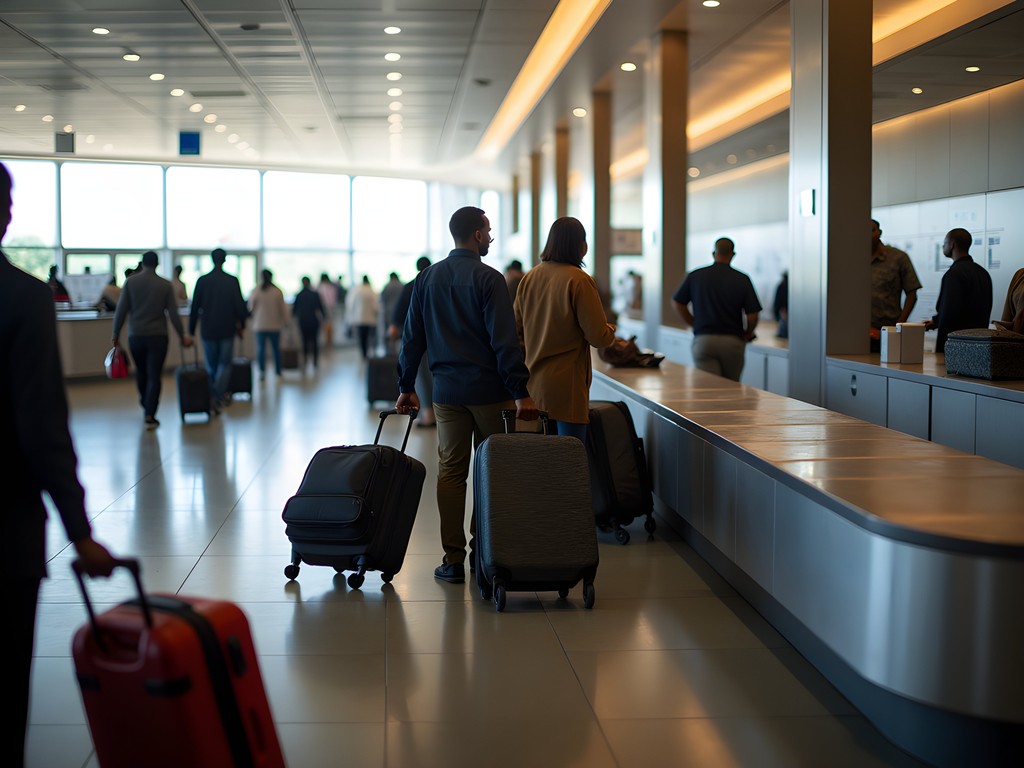
💡 Pro Tips
- Book flights to Harare at least 3-4 months in advance for best rates
- Consider flying into Victoria Falls if combining with Botswana or Zambia
- Arrange airport transfers in advance – Harare's taxi situation can be chaotic
Charter Flights: The Luxury Express Route
If you're working with a luxury budget (and you should for a destination this remote), charter flights are unquestionably the way to go. Flying directly from Harare to Mana Pools cuts your transit time from a grueling 5-7 hour drive to a scenic 1.5-hour flight that doubles as an aerial safari.
My go-to operators are Wilderness Air and Safari Logistics, both offering reliable scheduled charter services during the May-October safari season. These aren't your standard commercial flights – expect 4-12 seater Cessna aircraft where every seat is both a window and an aisle seat. The pilots often double as guides, pointing out elephants and buffalo herds below as you approach the Zambezi Valley.
Pro tip: If you're traveling with camera equipment like I do, invest in a padded camera insert that can transform any bag into a camera bag. The small planes have strict 15kg (33lbs) luggage limits, so every space-saving trick helps. For those prone to motion sickness on small aircraft (the thermals over the escarpment can get bumpy), I always pack motion sickness bands which work wonders without medication's drowsy side effects.
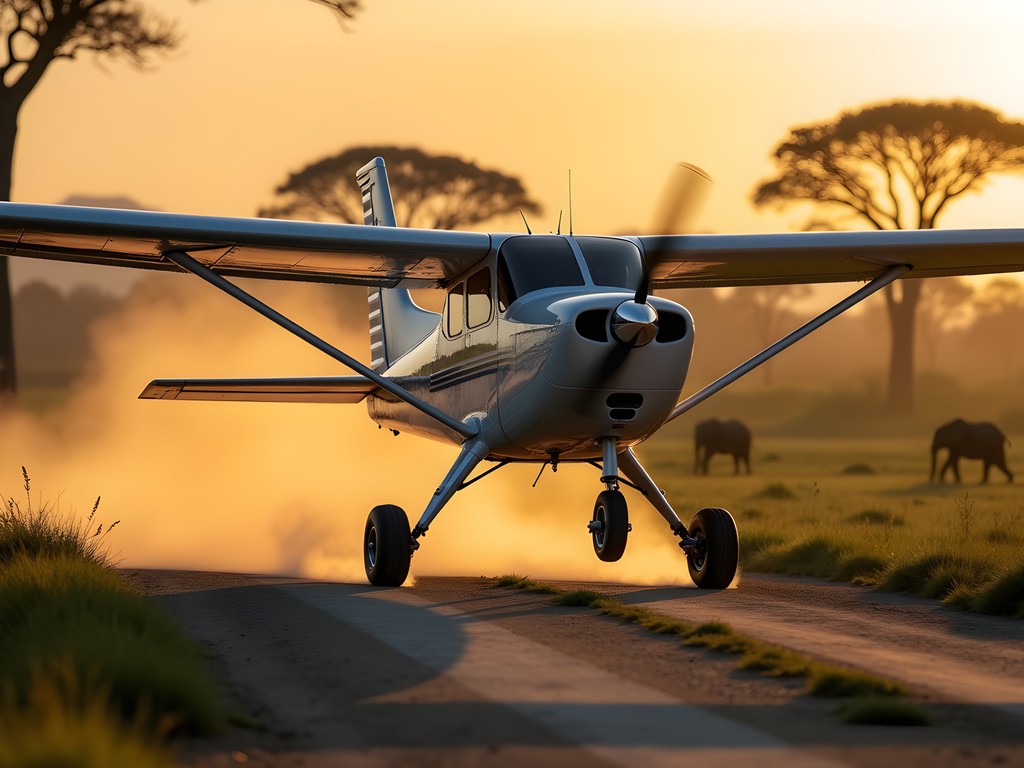
💡 Pro Tips
- Book charter flights at least 6 months in advance as they fill quickly in peak season
- Prepare for strict 15kg luggage limits – soft-sided bags only
- Bring your camera ready for the flight – the aerial views rival the ground safari
The Epic Road Trip Option
For the adventurous souls (or those with safari dreams bigger than their budgets), driving to Mana Pools offers an authentic Zimbabwe experience that no flight can match. I've done this route twice – once in a rental 4x4 and once with a professional guide – and while I recommend the latter for first-timers, both approaches have their merits.
The journey from Harare takes approximately 5-7 hours depending on road conditions. The first section to Chirundu is paved but deteriorates progressively. After Chirundu, you're facing 80km of challenging dirt roads where a high-clearance 4x4 isn't just recommended – it's essential.
If self-driving, rent from a reputable company like Zimbabwe 4x4 Hire or Safari Drive, who provide properly equipped vehicles with satellite phones and emergency gear. Having experienced a flat tire 40km from nowhere, I now never travel these roads without a tire repair kit which has saved multiple safari adventures. For navigation, don't rely on cell service – instead, download offline maps or bring a handheld GPS preloaded with Zimbabwe maps.
The drive itself transforms from mundane to magnificent as you descend the Zambezi escarpment, with temperatures rising and landscapes shifting dramatically as you enter the valley. Keep your eyes peeled for roadside markets where local crafts make for authentic souvenirs – just another perk of the overland approach.
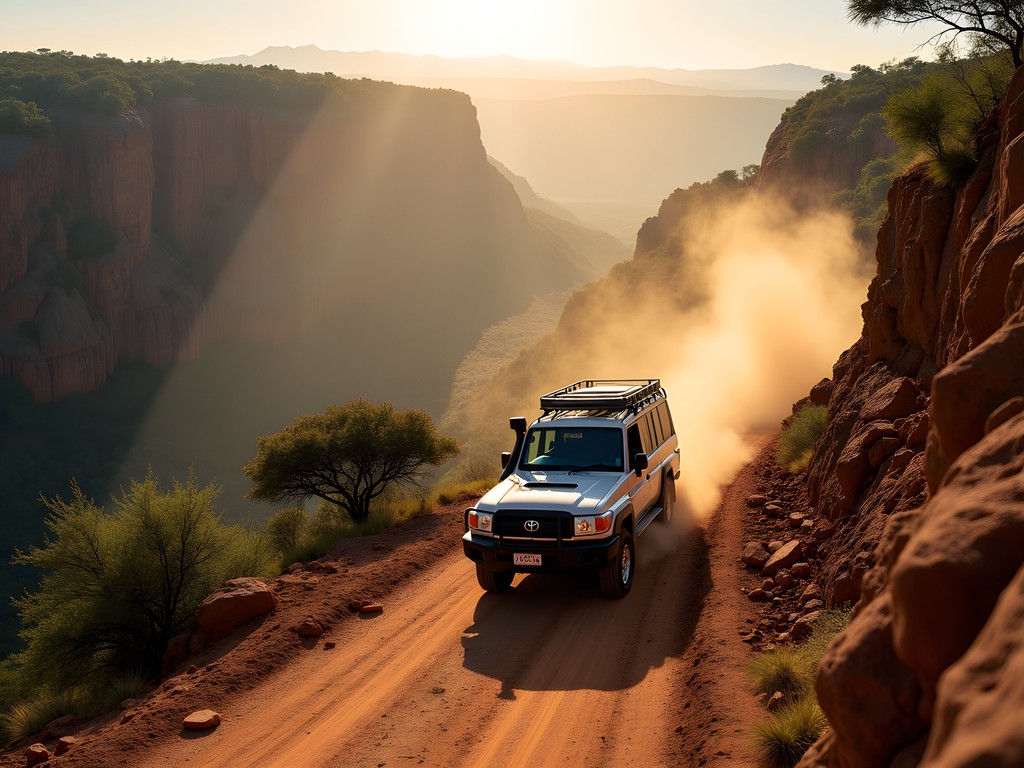
💡 Pro Tips
- Allow a full day for the drive and start early morning from Harare
- Carry extra fuel, water, and emergency supplies – services are non-existent
- Obtain accurate, up-to-date information about road conditions before departing
The Final Leg: Camp Transfers & River Approaches
Once you've reached Mana Pools National Park's main gate, you're still not quite at your destination. Most luxury camps are spread throughout the park, requiring additional transfers that your lodge will arrange. This is where the experience level of your camp really shows – the best operators make this final leg seamless despite the challenging conditions.
If you're staying at one of the riverside lodges like Nyamatusi or Chikwenya, you might have the option for a boat transfer along the Zambezi – an experience I highly recommend requesting. There's something magical about approaching your camp from the water, spotting hippos and crocodiles while the African sun begins its descent.
During my last visit, I stayed at Remote Africa's Kanga Camp, located at an inland water hole rather than the river. The 45-minute game drive from the airstrip became an impromptu safari with lion sightings before I'd even reached my accommodation.
For these final transfers, dress appropriately – the open vehicles mean dust and sun exposure. I never travel to Mana without my neck gaiter which protects from both sun and dust while being breathable enough for the intense heat. For quick access to essentials during transfers, a safari belt pouch keeps sunscreen, lip balm and a compact camera within reach without having to dig through bags.
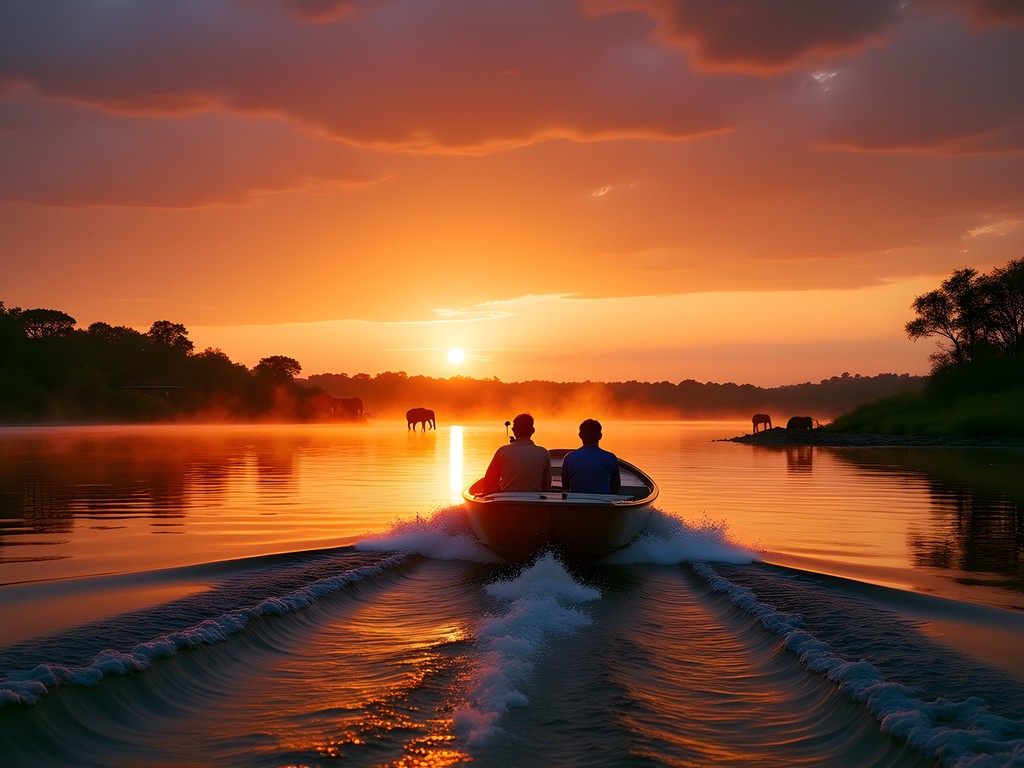
💡 Pro Tips
- Communicate arrival details clearly with your camp – they'll coordinate transfers
- Pack essentials in a small day bag for easy access during transfers
- Request a river transfer if staying at riverside lodges – it's worth any extra cost
Packing Essentials for Remote Transit
The journey to Mana Pools demands specialized packing considerations beyond your standard safari gear. Think of it as preparing preschoolers for their first field trip – you need to anticipate every possible scenario because there are no convenience stores in the bush.
First, documentation: Beyond your passport and visas, carry printed copies of all bookings, transfers, and contact information. Zimbabwe's rural areas have limited connectivity, so digital-only solutions can leave you stranded. I organize everything in a waterproof document pouch that's proven its worth during an unexpected Zambezi River splash.
For the journey itself, regardless of transport method, pack a day bag with essentials: high-SPF sunscreen, insect repellent, any medications, and plenty of water. Zimbabwe's climate is unforgiving, especially in the Zambezi Valley where temperatures regularly exceed 100°F (38°C).
Power is another consideration – even luxury camps run on generators with limited hours. My solar power bank has been invaluable for keeping devices charged during long transit days and at camp. For those planning to self-drive, consider adding a satellite communicator to your kit – it provides emergency communication and location sharing even in the most remote areas.
Finally, embrace the weight restrictions as a blessing in disguise. Mana Pools is about disconnecting from excess and connecting with nature. You need far less than you think, and the camps provide most essentials.
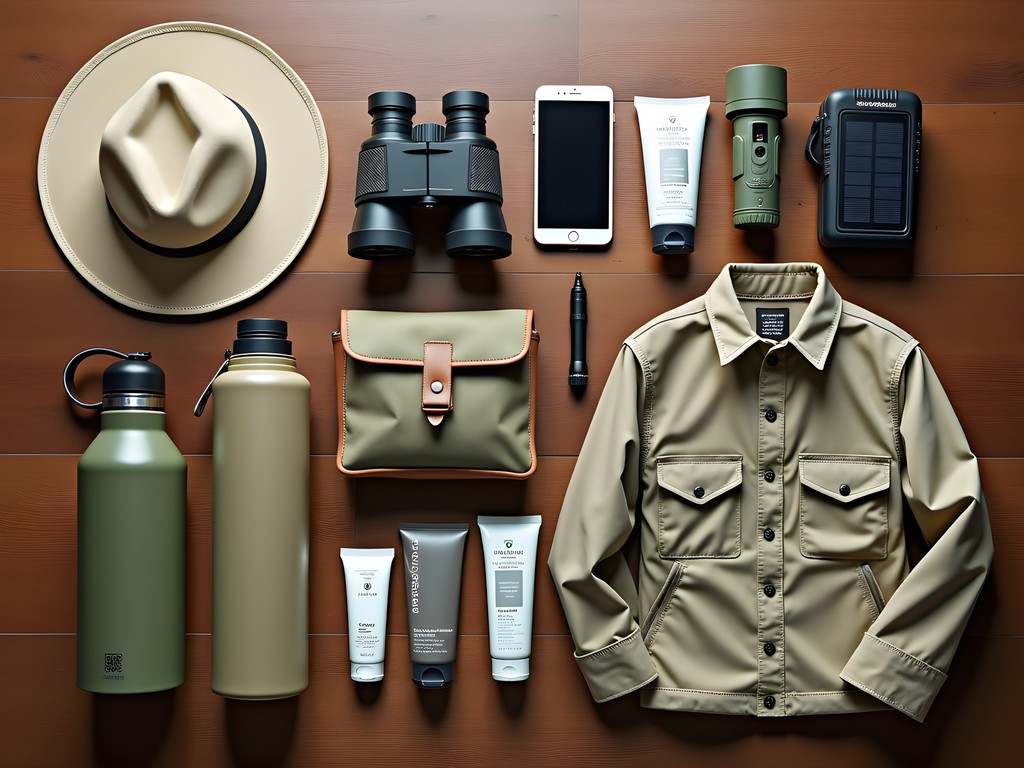
💡 Pro Tips
- Pack light but smart – prioritize multi-functional items
- Prepare for extreme temperature variations between day and night
- Include a basic medical kit with anti-diarrhea medication and rehydration salts
Final Thoughts
Reaching Mana Pools might feel like preparing for an expedition rather than a vacation, and that's precisely what makes it magical. In our increasingly accessible world, there's something profound about destinations that still require effort – they filter out the casual tourists and reward the committed travelers with unparalleled experiences. Whether you choose the efficiency of charter flights or embrace the adventure of overland travel, the journey becomes part of the story you'll tell for years to come.
As an educator who's spent years observing how children learn, I've noticed that the most valuable lessons often come from overcoming challenges. The same applies to travel – those difficult-to-reach destinations invariably deliver the most transformative experiences. Mana Pools isn't just another stamp in your passport; it's a masterclass in presence, patience, and perspective. The transport complexities are simply the price of admission to one of Africa's last truly wild places. So embrace the journey, prepare thoroughly, and know that every bumpy mile brings you closer to the Africa of your dreams.
✨ Key Takeaways
- Charter flights offer the most efficient route but require advance booking and adherence to strict luggage limits
- Self-driving provides the greatest flexibility but demands serious preparation and a proper 4x4 vehicle
- The best time to visit (May-October) coincides with peak demand, so book all transport 6+ months in advance
📋 Practical Information
Best Time to Visit
May through October (dry season)
Budget Estimate
$800-1500/day including luxury accommodation and transport
Recommended Duration
Minimum 3 nights, ideally 5-7 nights
Difficulty Level
Challenging

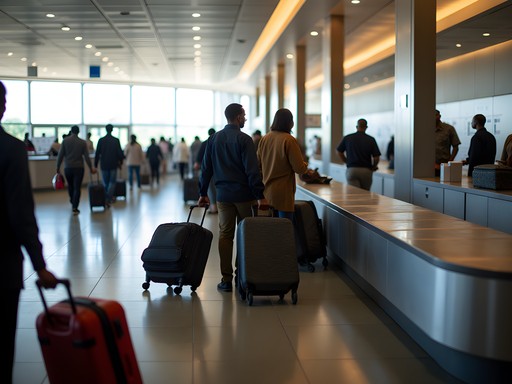

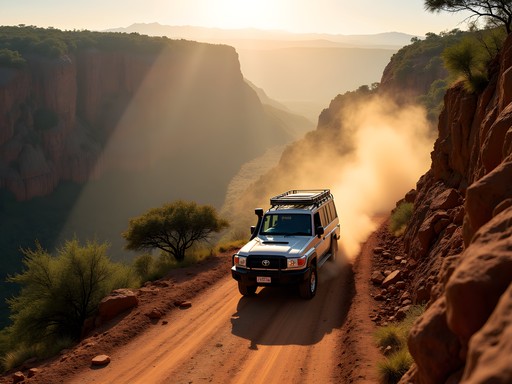
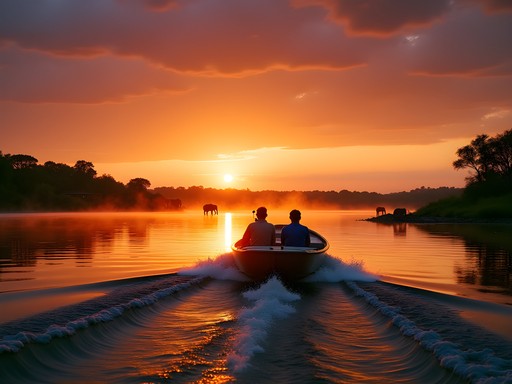







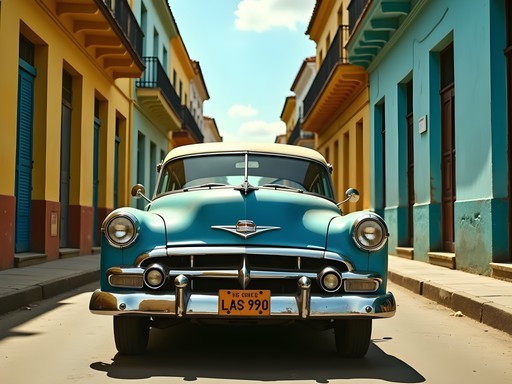

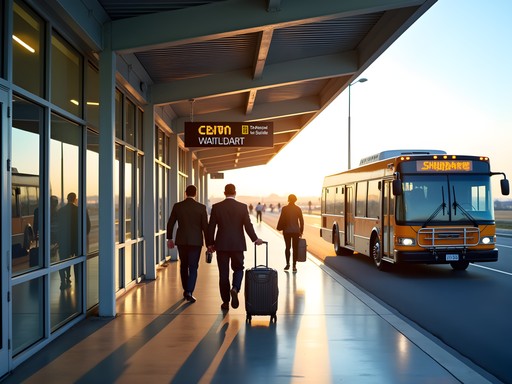

Comments
vacationseeker
Has anyone done the canoe approach to Mana Pools that Peter mentions? Sounds amazing but also kind of intimidating with all the hippos and crocs around!
springnomad
Did a 3-day canoe safari from Chirundu down to Mana. Absolutely incredible but definitely not DIY territory! Our guide was super experienced with navigating around the wildlife. Hippos are no joke - they give them WIDE berth.
Megan Martin
Great breakdown of the options, Peter! I've done both the charter flight and road trip to Mana Pools for different client groups, and each has its merits. For those considering the drive, I highly recommend breaking it up with an overnight in Karoi if you can spare the time. Also worth noting that some camps offer set departure charter flights on specific days which can reduce costs if you're flexible with dates. I always pack my satellite messenger for remote areas like this - essential for emergency communication when you're this far off-grid.
vacationseeker
Thanks for the tip about shared charters! Do you know which companies/camps typically offer these? Might help our budget considerably.
Megan Martin
Wilderness Safaris and African Bush Camps both run scheduled air transfers during peak season. If you book accommodation with them, they'll usually help coordinate shared flights from Harare or Victoria Falls. Definitely ask when booking!
moonqueen
Those charter flight prices - ouch! But the photos make it look worth it!
springnomad
Just got back from Mana Pools last month and this guide would have saved me so much stress! We went with the road trip option (because budget) and while it was an adventure, those roads after Karoi were no joke. Took us nearly 7 hours from Harare with a 4x4. The wildlife viewing was worth every bump though! One tip: download offline maps because cell service disappears completely about halfway there.
vacationseeker
Did you have any trouble with the river crossings? Planning a trip for next year and debating between driving ourselves or splurging on a charter flight.
springnomad
The river crossings were manageable in dry season (we went in August), but I've heard they can be dicey during rainy months. If you're not comfortable with off-road driving, the charter is definitely worth the peace of mind!
winterlegend
Been to Mana Pools three times now, and each time we've tried different transport options. First time: chartered flight (amazing but expensive). Second time: self-drive from Harare (adventure but exhausting). Third time: hired a driver from Kariba after taking the ferry, which I think was the sweet spot for us - more affordable than flying but less stressful than driving ourselves. The river approach mentioned in the article is magical if you can arrange it. Watching elephants from the boat as you approach the park boundary is something I'll never forget. Peter's right about preparation - this isn't a spontaneous weekend trip kind of place, but that's exactly why it remains so special.
smartking
One thing this great guide doesn't mention: the road conditions can change dramatically with seasons. I've done both wet and dry season visits. If going during/after rains (Nov-Apr), charter flights become less optional and more essential unless you have serious 4x4 experience. The Zambezi Valley roads can become impassable mud pits. Also worth noting that some camps close during peak rainy season.
Peter Perry
Excellent point about seasonal differences, smartking! You're absolutely right - I should have emphasized that more. The road journey I described is definitely more suited to dry season (May-Oct). Thanks for adding this crucial information!
waveguy
OMG the photos don't do it justice!!! Just got back from Mana Pools and it blew my mind! We flew in on a tiny 6-seater plane and I was terrified but the views were INSANE! Worth every penny and every moment of fear lol. Saw elephants standing on their back legs to reach acacia pods - UNREAL!!! 🐘✨
travelwanderer
Which company did you use for the charter flight? I'm leaning toward flying now!
waveguy
We used Wilderness Air from Harare! Not cheap but they were super professional and the pilot pointed out wildlife from the air!
Nicole Russell
Peter, this guide is GOLD! I took the road trip option last October and while it was challenging (that last stretch on dirt roads tested my rental car's limits!), the journey became part of the adventure. For anyone considering this route: leave WAY earlier than you think you need to, pack extra water and snacks, and make sure your vehicle has decent clearance. The moment you arrive at the Zambezi River with elephants grazing along the banks makes every bumpy mile worth it! Also worth noting that some camps arrange boat transfers from Chirundu which is a magical way to arrive - watching wildlife from the river as you approach is unforgettable.
hikingphotographer
Great post! Anyone know if there's cell service in Mana Pools? Wondering if I need to download offline maps.
Nicole Russell
Cell service is basically non-existent in most of Mana Pools! I'd definitely recommend downloading offline maps and bringing a satellite communicator if you're concerned about staying connected. I was there solo last October and the offline preparation was essential!
hikingphotographer
Thanks Nicole! Will definitely download maps ahead of time.
travelwanderer
Just what I needed! Planning my first Zimbabwe trip and Mana Pools is on the list. The road trip option sounds like an adventure itself!
smartking
Go for the charter flight if your budget allows. The road trip is epic but LONG. I did it last year and was exhausted when I arrived.
travelwanderer
Thanks for the tip! How much did the charter flight set you back?
smartking
Around $300-350 per person from Harare, but prices change. Worth every penny for the views and saved time!
Venture X
Premium card with 2X miles, $300 travel credit, Priority Pass